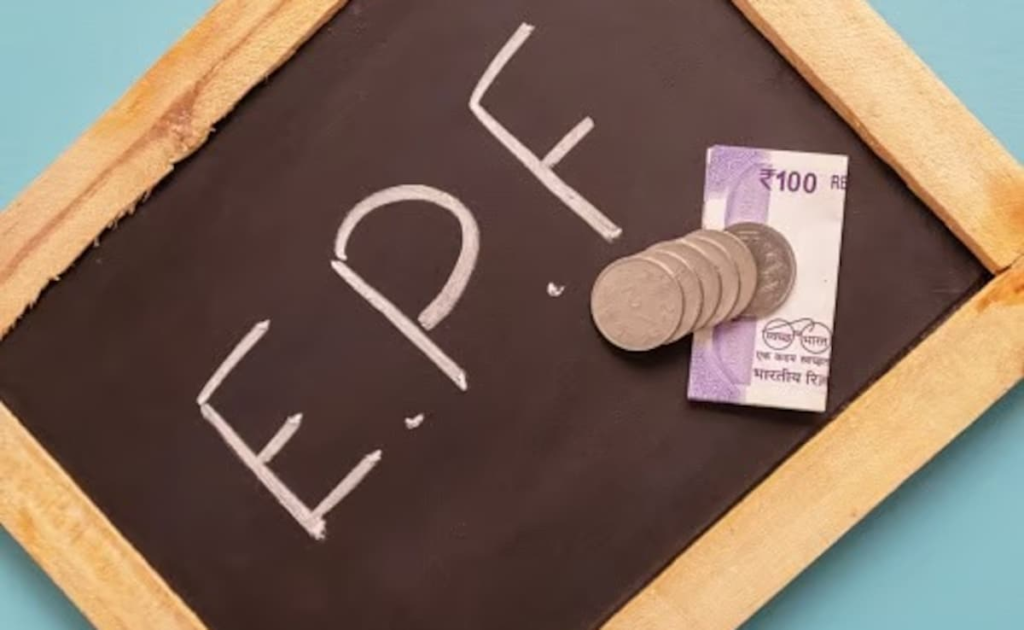

Understanding these changes can help you save more
April 1st is the start of a new financial year in India. This is important for your wallet because most new tax rules announced in the budget by Finance Minister Nirmala Sitharaman take effect on this day. There might also be other changes impacting your finances, so it’s a good idea to be aware of them.
The new fiscal year brings updates to rules for your savings plans (NPS & EPFO), taxes, FASTags, and other financial matters. Understanding these changes can help you save more and avoid any rule-breaking headaches. It’s worth taking some time to learn about them.
New EPFO Rule
Switching jobs just got easier on your finances. The Employees’ Provident Fund Organisation (EPFO) has implemented an automatic transfer system for your provident fund balance. This means no more manually requesting a transfer when you start a new position. EPFO will automatically credit your PF balance to your new employer’s account, ensuring a seamless continuation of your retirement savings. This is a big win for employee portability and simplifies the process of managing your PF across different employers.
New Tax Regime
Starting April 1, 2024, the new tax system becomes the default option in India. This means unless you specifically choose the old tax system, your taxes will be calculated automatically under the new rules.
Here’s the good news: the tax brackets for the new system remain the same for the financial year 2024-25 (tax year 2025-26). There were no changes announced in the recent budget. Even better, if your income is Rs 7 lakh or less annually, you won’t pay any income tax under the new system!
NPS: Two-Factor Authentication
Starting April 1, 2024, the PFRDA will implement an additional security measure for the National Pension System. This enhanced system involves a two-factor Aadhaar-based authentication for accessing the CRA system via password. The announcement of this upgrade was issued through a circular on March 15, 2024.
The introduction of the two-factor Aadhaar authentication system aims to provide an additional layer of security to authenticate fingerprints and mitigate spoofing attempts, thereby enhancing the security of Aadhaar-authenticated transactions.
According to the PFRDA circular, the Aadhaar-based login authentication will be integrated with the existing User ID and Password-based login procedure, facilitating 2-Factor Authentication for accessing the NPS CRA system.
The PFRDA notification states, “In order to bolster security measures for accessing the CRA system and safeguard the interests of subscribers and stakeholders, additional security features will be implemented through Aadhaar-based authentication for login to the CRA system.
“The Aadhaar-based login authentication will be integrated with the current user ID and password-based login process so as to make the CRA system accessible through 2 Factor Authentication,” the notification added.
New Rule of FasTag
Attention FASTag users! Avoid toll booth hassles! Get your FASTag KYC done by March 31st. After that, banks may deactivate your FASTag if it’s not updated. Without KYC, payments won’t work, and you could end up paying double toll charges. Follow NHAI’s guidelines to ensure smooth sailing at toll plazas.
Exemption Of Enhanced Leave Encashment
The leave encashment tax exemption limit for non-government employees was Rs 3 lakh in 2022 and is now increased to Rs 25 lakh.




